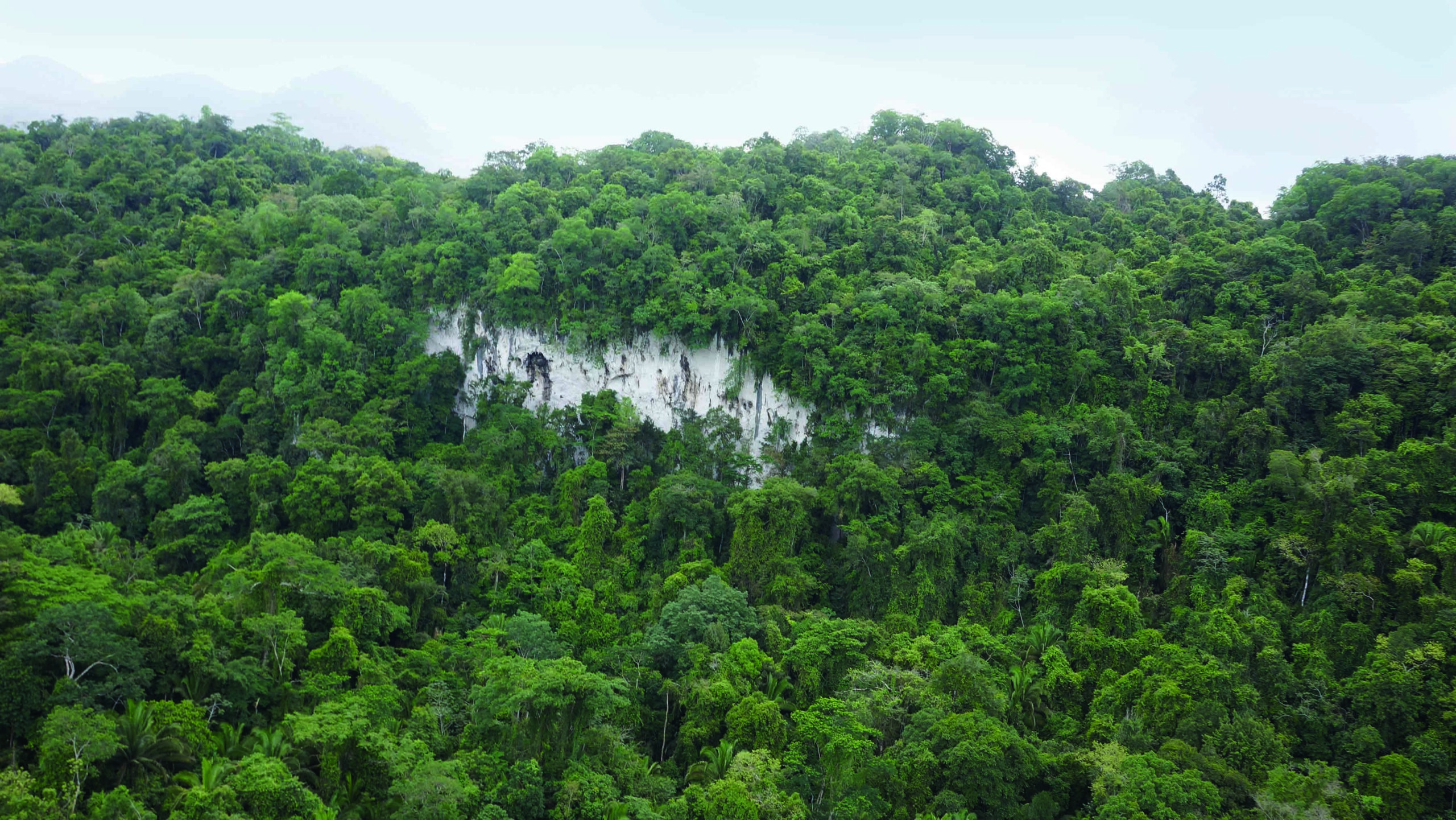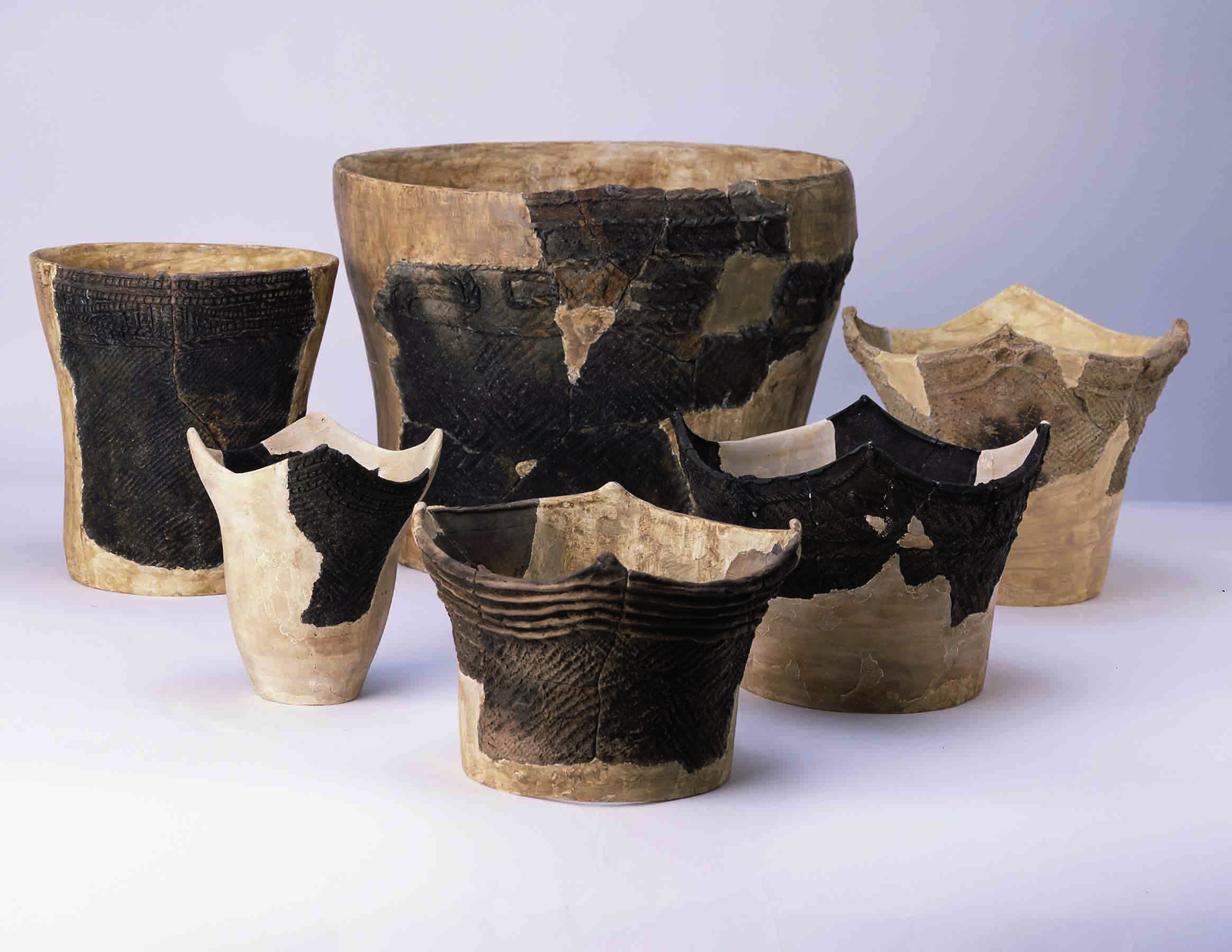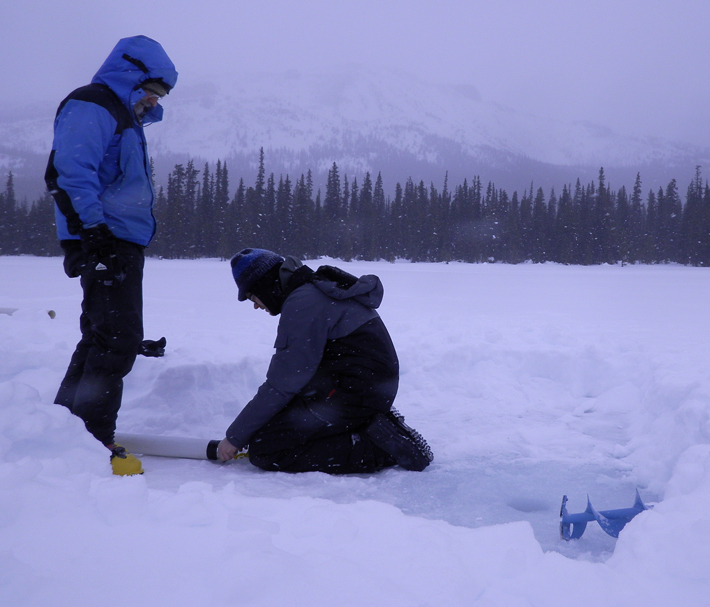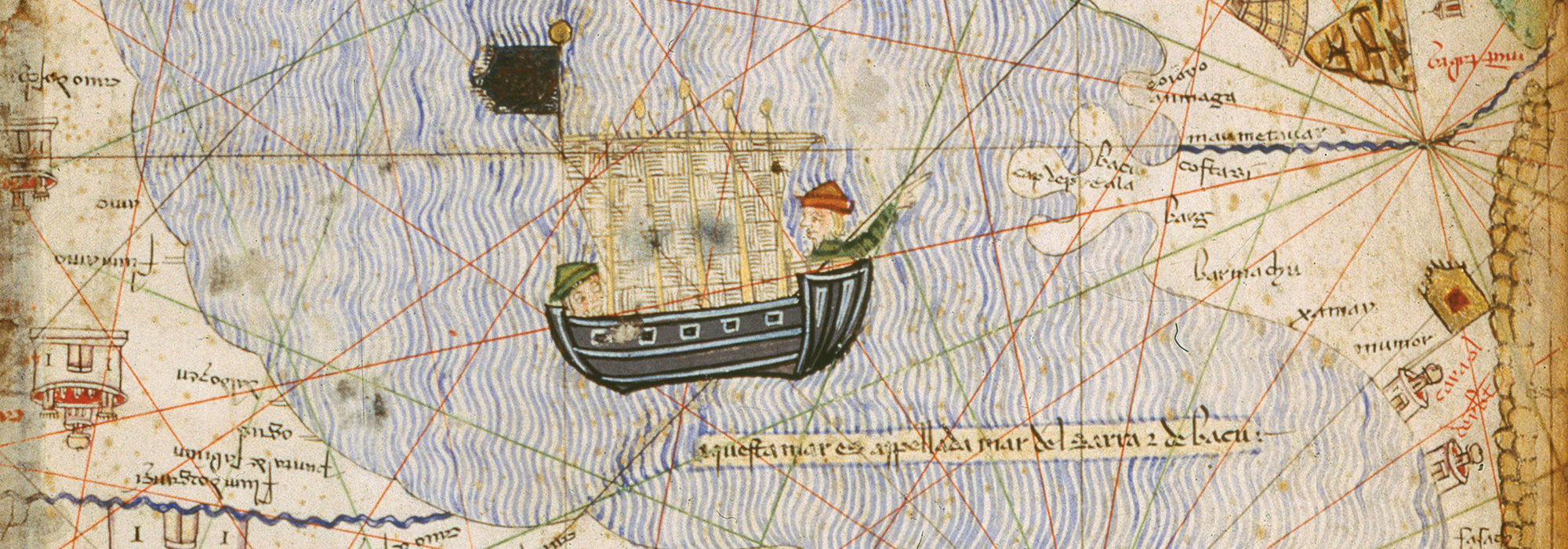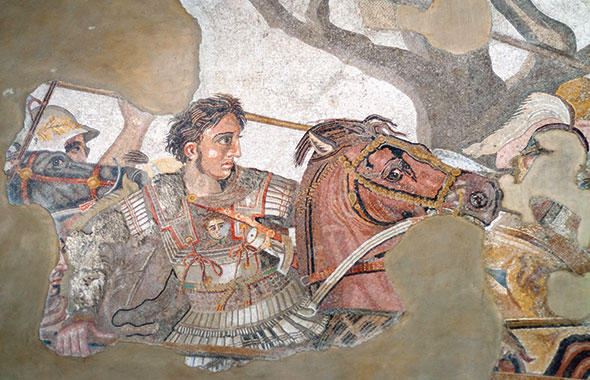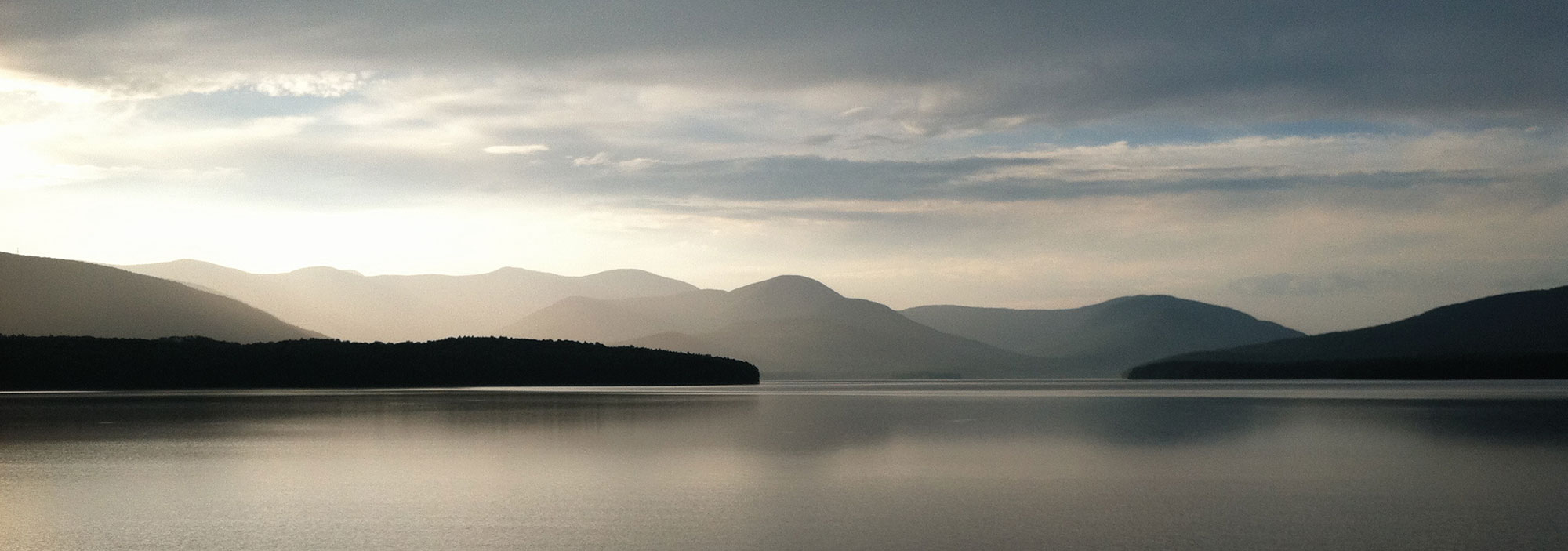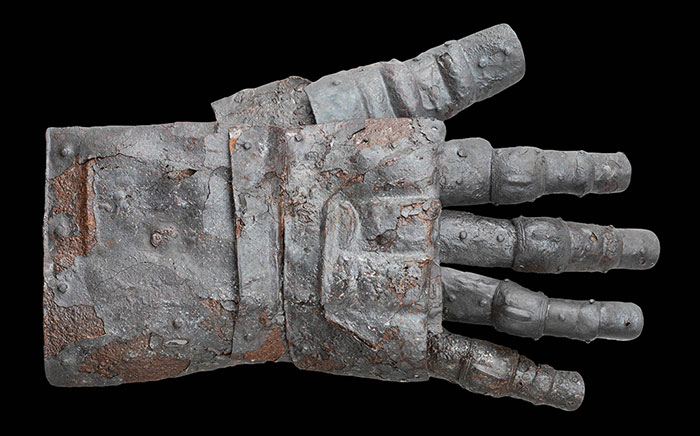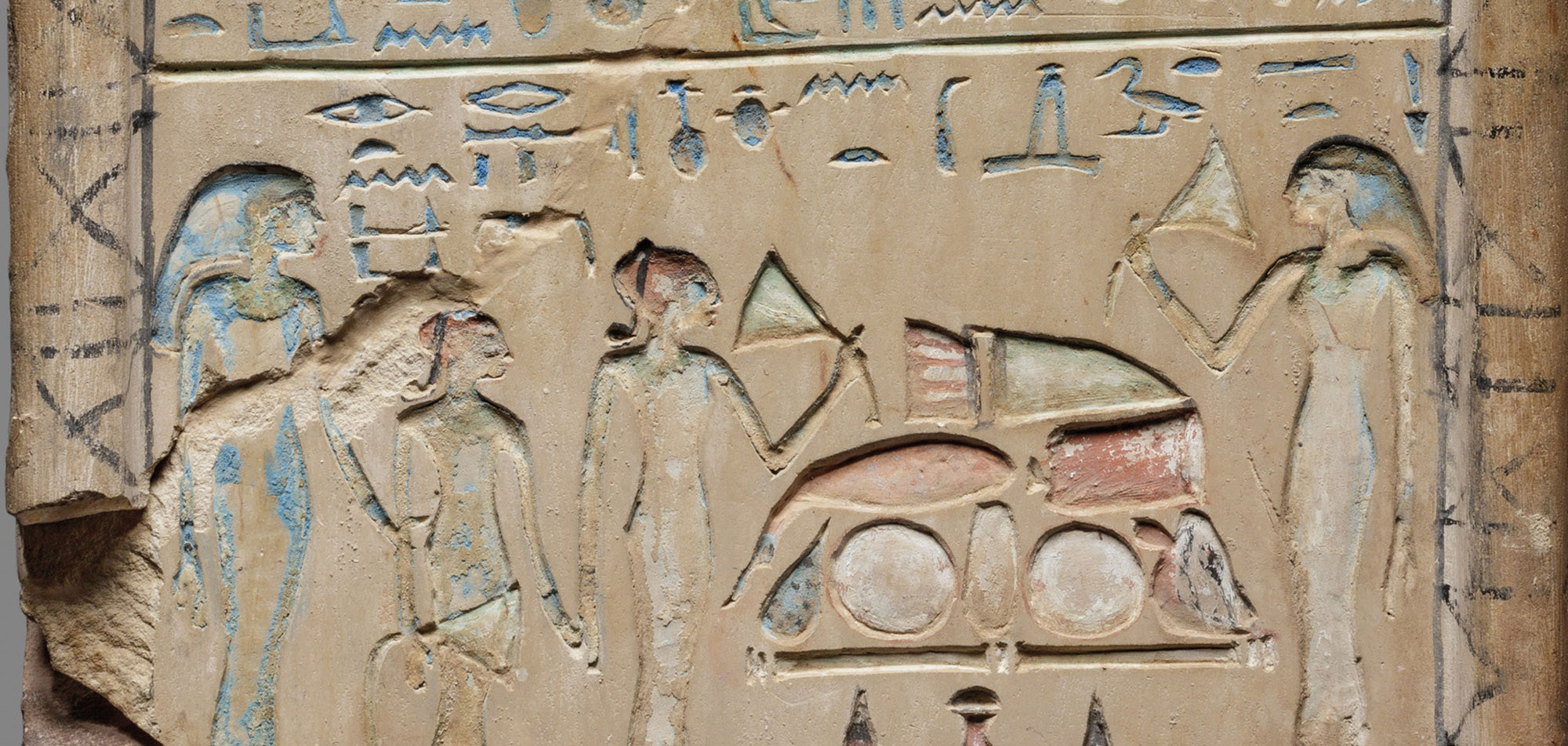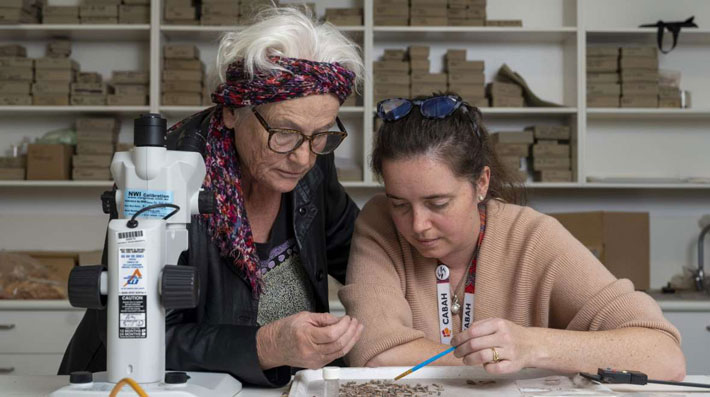
CANBERRA, AUSTRALIA—According to a statement released by Australian National University, a team of researchers from Australian National University, Flinders University, University College London, the ARC Center of Excellence for Australian Biodiversity and Heritage, Griffith University, and the University of Wollongong analyzed thousands of stone artifacts and animal bones recovered from the Laili rock shelter on the eastern half of the island of Timor, which lies to the north of Australia. The study suggests that humans first reached Timor-Leste about 44,000 years ago. No signs of human occupation were recovered from the cave’s sediments dated to between 59,000 and 54,000 years ago. Team member Sue O’Connor of Australian National University explained that migrants likely therefore stopped at New Guinea, rather than Timor Island, before they landed in Australia some 50,000 to 60,000 years ago. “Our findings highlight the fact that migration into the [Wallacea] islands was ongoing with occupation of the southern islands occurring thousands of years after the initial settlement of Australia,” she explained. Shimona Kealy of Australian National University added that the study suggests that a large population traveled to Timor. “This was a major colonization effort,” she said. “It’s a testament to these peoples’ level of maritime technology and the boats they created, but also their confidence and competence in braving maritime crossings.” Read the original scholarly article about this research in Nature Communications. To read about a species of giant rat that coexisted with humans on Timor for 45,000 years, go to "World Roundup: East Timor."


